-
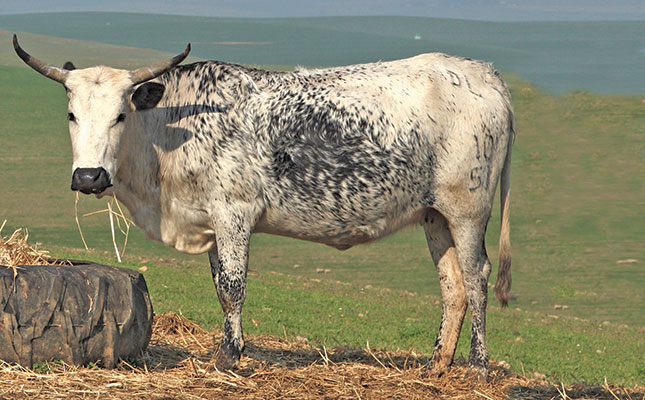
Beef cattle basics Choose the right breed for your farm
There are over 1 000 cattle breeds in the world today, with more than 30 beef breeds registered in South Africa. These can be divided into three subtypes, or a mixture thereof: Bos taurus, B. indicus and B. taurus africanus, also known as Sanga cattle. B. taurus cattle, which do not have humps, o...Read more -
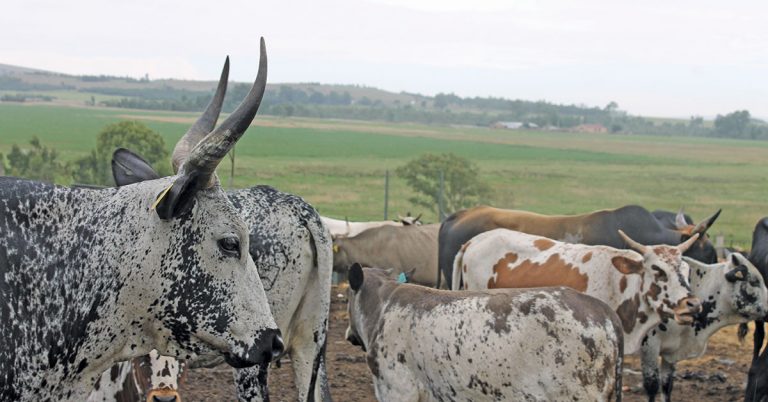
Award-winning Nguni breeder shares her formula for success
If her parents had not decided in 2006 to buy a piece of land near Nigel in Gauteng on which to farm, Lerato Senakhomo might never have ended up being a farmer herself. She had always been interested in looking after animals and wanted to become a veterinarian. That changed when she was given the...Read more -
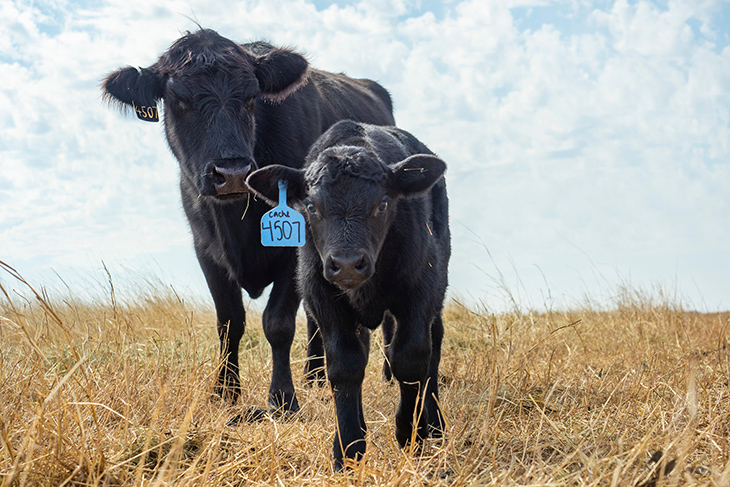
Understanding parturition a risk management tool for cow-calf operations
A review of the stages of parturition can help lessen anxieties of cow-calf operators and protect producer investment in their animals during the upcoming calving season, said Oklahoma State University Extension experts. There are three stages to parturition. It is not unusual for stage one – the...Read more -
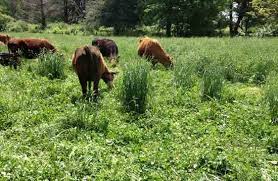
Selecting Forages for Your New Seeding
The spring seeding window for the most popular forages in our region is quickly approaching. Producers looking for guidance on how to choose the best forage for their system should always start with a soil test rather than a seed catalog. Whether you have farmed your site for decades or days, soi...Read more -
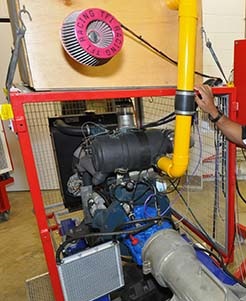
Research Study takes step toward low-emissions future with cow gut tech analysis
Engineering PhD candidate Md Hazrat Ali recently contributed to Australia’s first Low Emissions Technology Statement, released by Minister for Energy and Emissions Reduction Angus Taylor in September 2020. As part of the Australian Government’s Technology Investment Roadmap Taskforce, Mr Hazrat a...Read more -
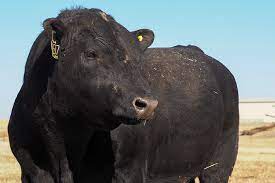
Herd sire selection requires preparation
Cattle producers may be feeling they’re back in school again, given the amount of homework required to determine what they need in a new herd sire. “Purchasing a new bull is one of the most important choices a cattle breeder makes in terms of operational profitability,” said Paul Beck, Oklahoma S...Read more -
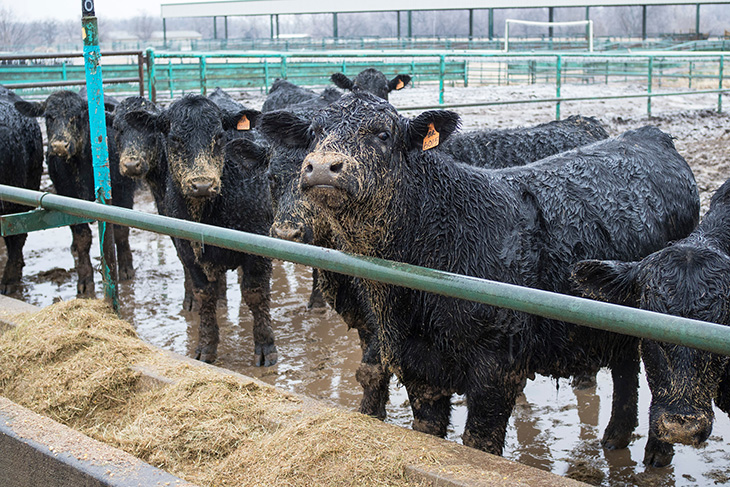
Know the signs of foot rot in livestock
Excessive rain is a signal for cattle producers to keep an eye out for lameness in their animals, the first sign of foot rot. Foot rot is a painful condition that can become chronic if treatment is not provided, allowing for other aspects of the animal’s health to be affected as well, said Dr. Ba...Read more -
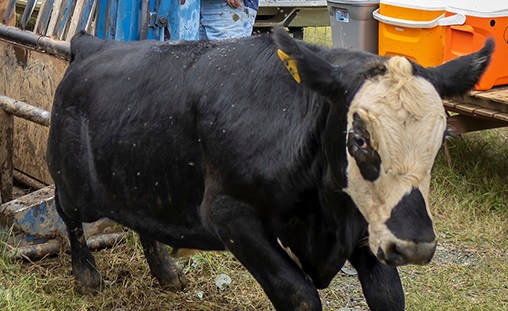
Herd health programs support healthy cattle markets
Cow-calf producers have embraced management strategies that make their livestock a better value to the rest of the U.S. beef cattle industry, but Bovine Respiratory Disease continues to be an area where improvement is needed. “Better BRD control is going to require an industry-wide effort that fo...Read more -
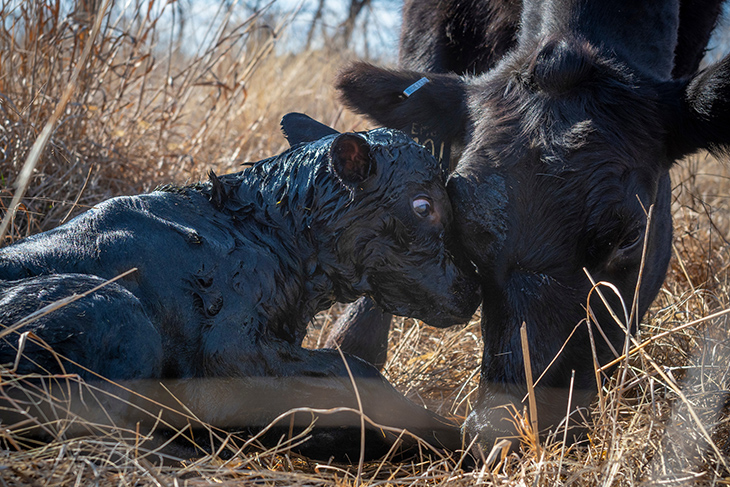
Have colostrum supplies on hand at start of calving season
Cow-calf operators who have not already stored several doses of colostrum or colostrum replacer should do so before the start of spring-calving season, said Barry Whitworth, Oklahoma State University Extension veterinarian and food animal quality and health specialist. “Calves born after a diffic...Read more -
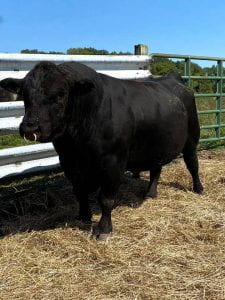
Biosecurity Considerations when Transitioning Newly Purchased Cattle into the Herd
The objective is to avoid new diseases introduced through replacement stock and airborne diseases. Typically, new animals are quarantined for at least 30 days and more typically for 60 days before being introduced into the herd. If on-site, the isolation area should be of some distance and downwi...Read more -
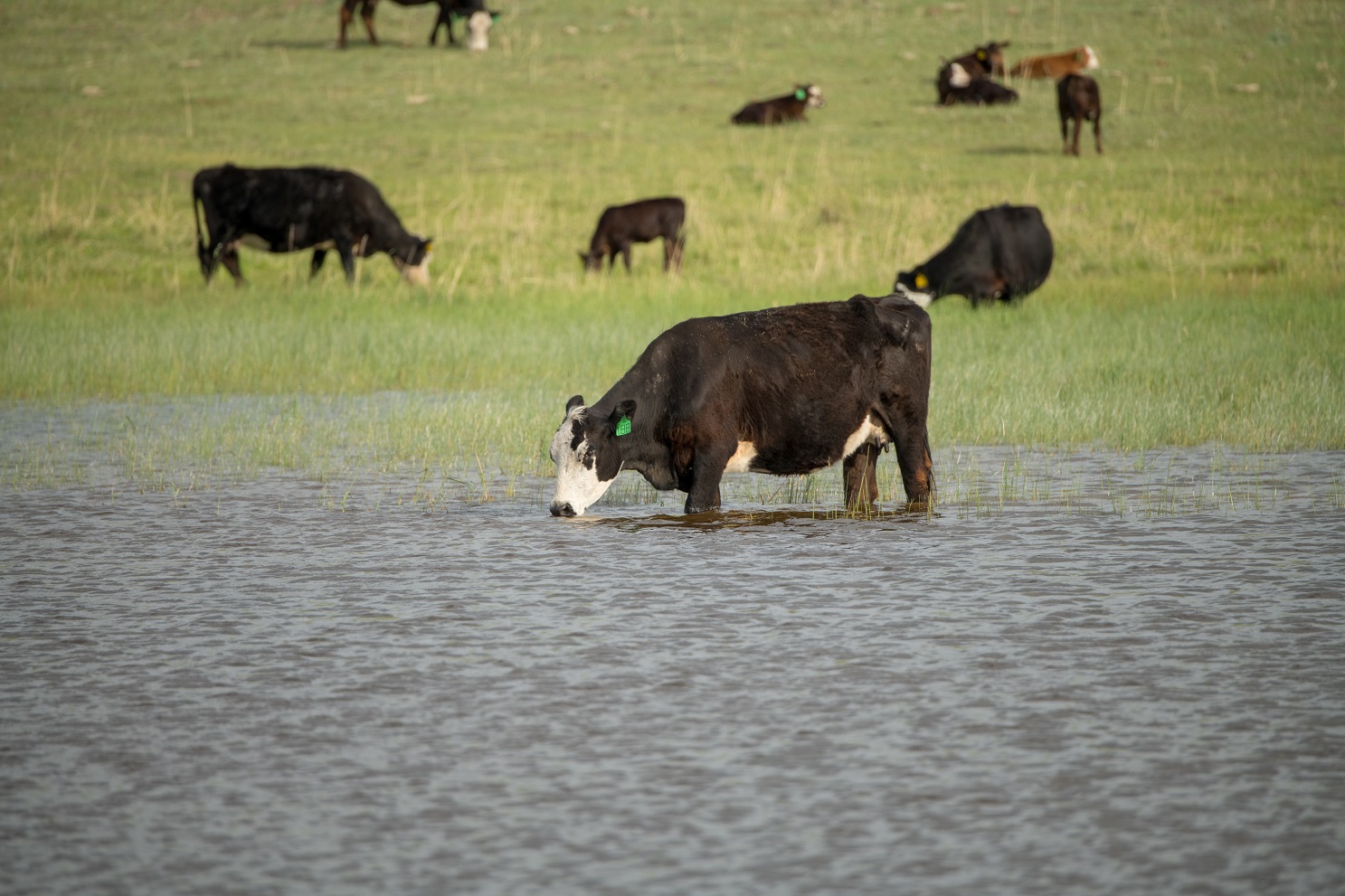
Annual Cow Costs – The Big Three
When looking at annual cow costs and doing an economic analysis, three categories tend to make up the largest percentage of total costs: feed, labor/equipment and cow depreciation. Other expenses occur, such as breeding expense and veterinary costs, but they tend to be significantly less than the...Read more -
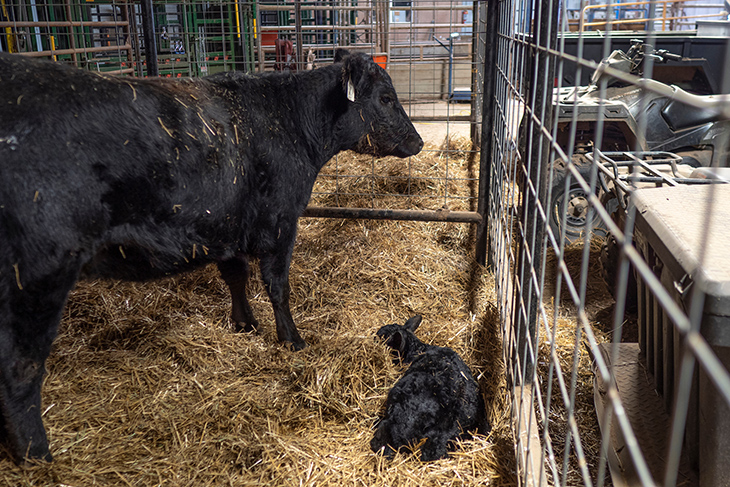
A backwards calf will need assistance at birth
Cow-calf producers should review how to help their livestock through a difficult calving beforehand, said Oklahoma State University experts. Most calves are born headfirst with their front feet extended, but a few are positioned backward and might not survive without help. “A cow that is in early...Read more -
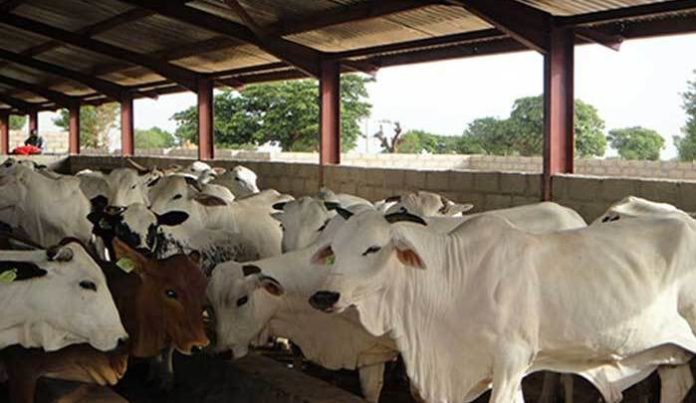
Useful Tips for Combating Livestock Parasites
The livestock industry as a critical sub-sector of agriculture contributes to the livelihoods of human population in various ways such as income generation, food production and provision of employment. High local demands for livestock products such as meat mean that these animals have to be healt...Read more -
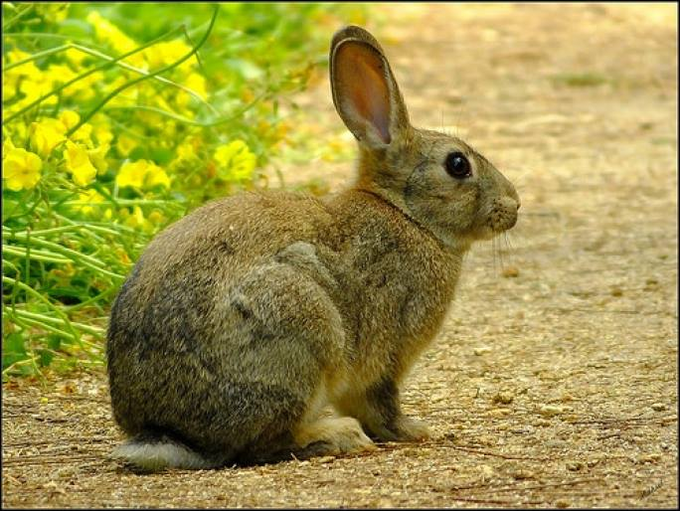
Rabbit Meat Healthy and Flavoursome
Meat – animal flesh/ tissue – has been a part of human diet for thousands of years and it is an excellent source of essential amino-acids, proteins, B vitamins, minerals, among others. As one such diet, Rabbit meat is an all-white meat product, rich in protein and low in fat, sodium, and choleste...Read more -
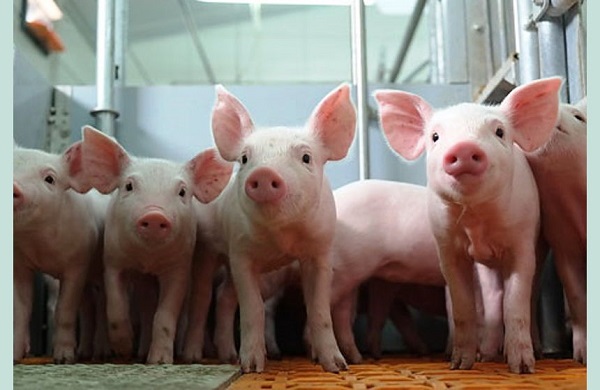
Piglet Anaemia Causes and Prevention
Piglet Anaemia also known as Iron Deficient Anaemia is a hypochromic-microcytic anaemia generally associated with young, rapidly growing piglets deprived of iron in their diet or from their environment. Piglet Anaemia also known as Iron Deficient Anaemia is a hypochromic-microcytic anaemia genera...Read more -
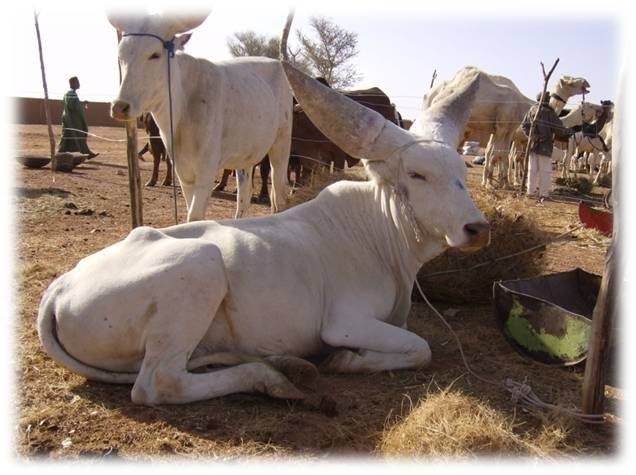
Nursing a Newborn Calf – A Step by Step Guide
The care given to a calf within its first 24 hours of life is essential as well as mandatory, as it determines the status of the animal for the rest of its life. A calf not adequately cared for in the first 24 hours of birth is susceptible to diseases or might remain weak and become an under-perf...Read more -
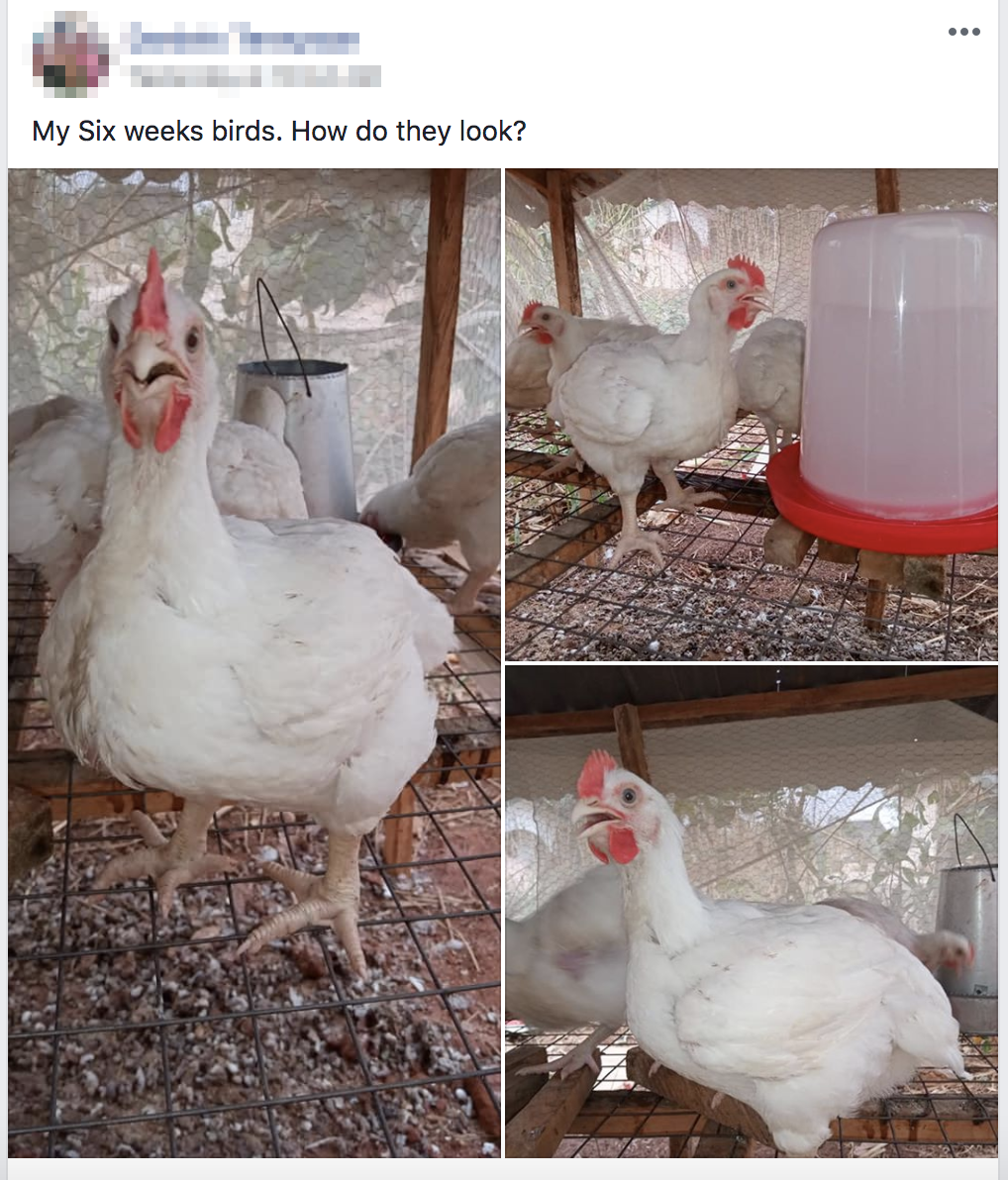
NIGERIA’S UNDERGROUND LIVESTOCK TRADE IS THRIVING ON FACEBOOK
Poultry farming has become so lucrative that many young people have ditched their city jobs — once a key marker of social mobility — to raise and sell chickens full-time For the past few weeks, Essein Harmony Paul, a 48-year-old farmer from Ibadan, Nigeria, has been messaging me to ask if I want ...Read more -
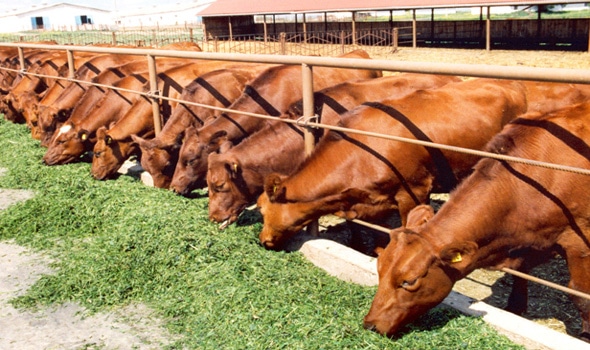
Nigeria Govt Begins Pilot Implementation of Livestock Transformation Plan in Nasarawa
Following a €400,000 funding support from the Netherlands, the federal government has commenced talks with the Nasarawa State government for the kick-off of the pilot implementation of the National Livestock Transformation Plan (NLTP). The plan, which includes the establishment of grazing reserve...Read more -
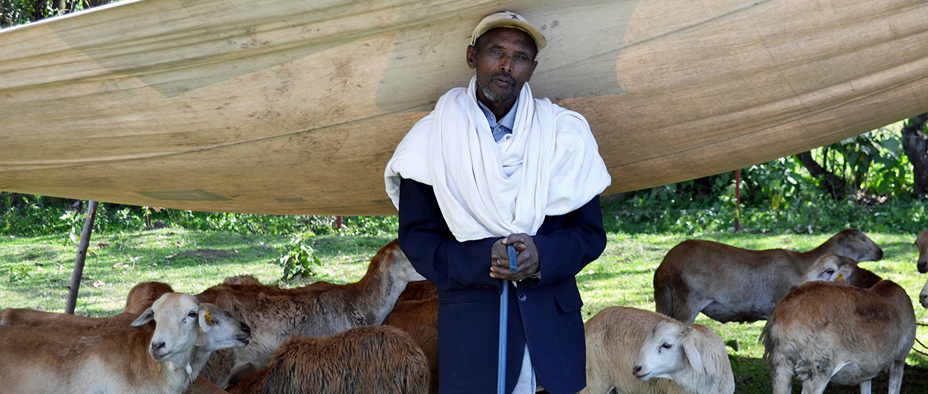
Grooming Ethiopia’s Livestock Industry for Export
The conditions for a vibrant and competitive livestock industry abound in Ethiopia. Ethiopia has the largest livestock population in Africa, a young rural workforce, and close ties to one of the world’s largest meat markets, the Middle East. The Government of Ethiopia is aware of the livest...Read more -
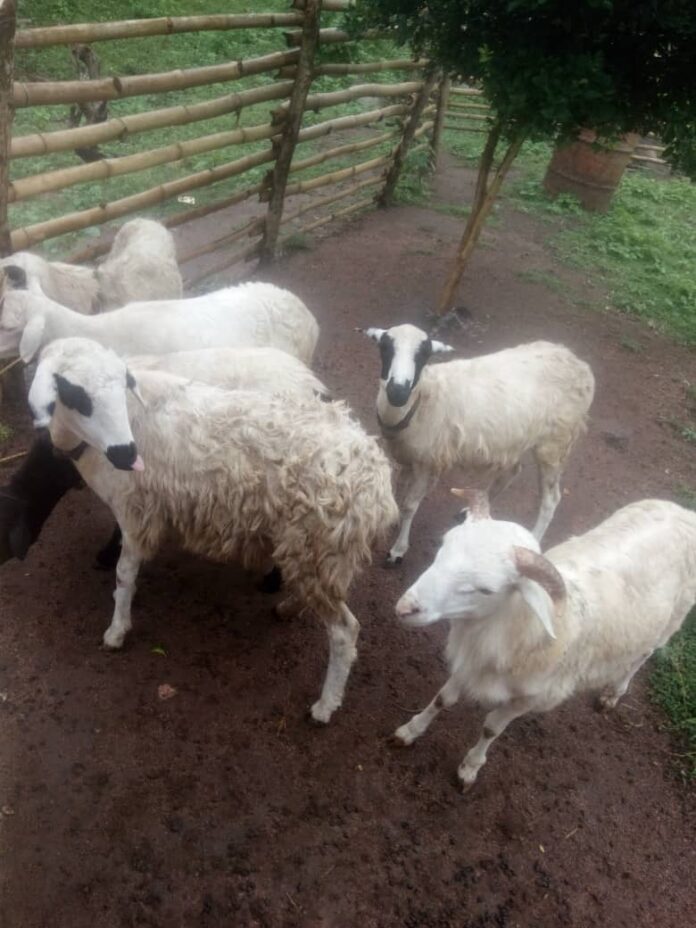
Gestation in Ewes – Nutrition and Health Management
Ewes are female sheep which are usually kept for the purpose of breeding or reproduction. While gestating, ewes undergo a number of physiological changes upon conception and the state of their health and nutrition largely determine their successful lambing. Good nutrition is essential for a healt...Read more -
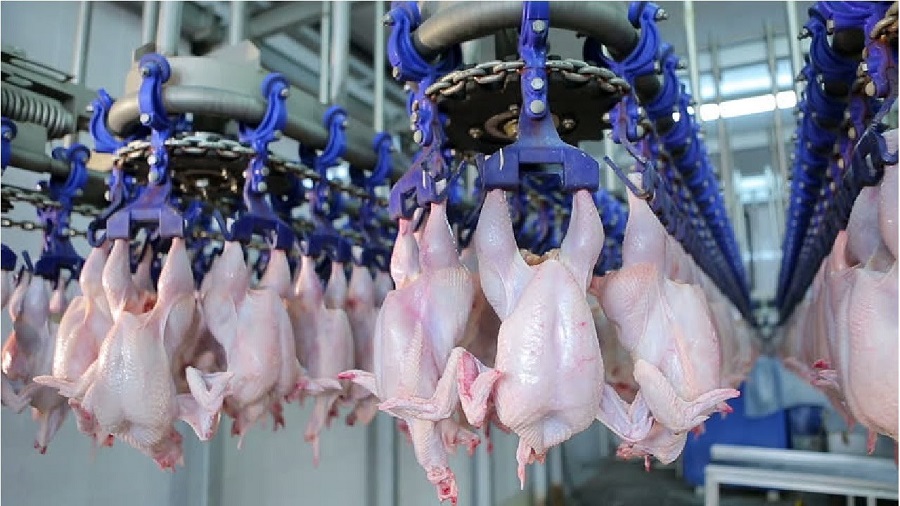
Exploring the Art of Poultry Processing
Poultry production has become a big business throughout the world. It is a highly competitive industry and feed suppliers, producers, processors, manufacturers of equipment have all appreciated the economies of scale. By so doing, they have gone on to develop bigger and more automated systems of ...Read more -
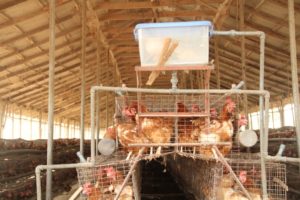
Decline in Egg Production – The Causative Factors
As productive as poultry farming is, there are cases where production rates drop drastically, owing to certain factors. In the production of eggs, this situation is often referred to as ‘Egg Drop’ – a steep decline in the production of egg or the failure to achieve the usual peak in egg productio...Read more -
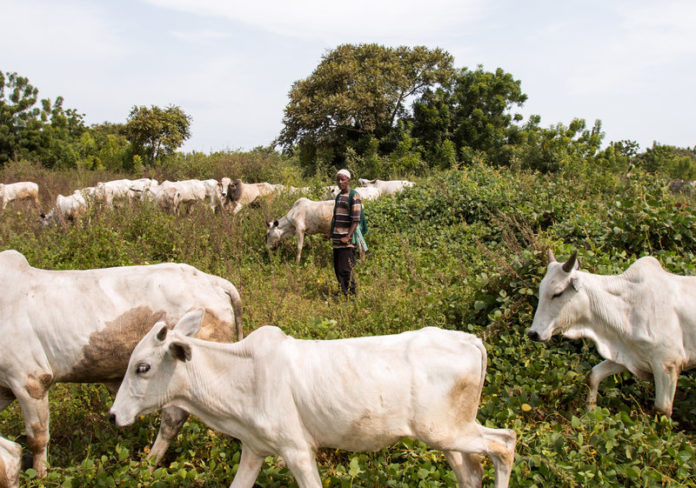
CBPP in Cattle Symptoms and Prevention
Contagious bovine pleuropneumonia (CBPP) is a disease caused by Mycoplasma mycoides. It attacks the lungs and membranes that line the thoracic cavity (the pleura) causing fever, labored or rapid respiration, cough, and nasal discharges. Cattle, both Bos taurus and Bos indicus, are the main hosts ...Read more -

All you need to know about rearing Rabbits!
Domestic rabbit (Oryctolagus cuniculus) is a descendant of the wild rabbit belonging to the family leporidae. Rabbits are herbivores animal with high feed conversion ratio. Under effective production system, rabbits can convert about 20 percent of feed (protein) consumed into edible meat. In orde...Read more

